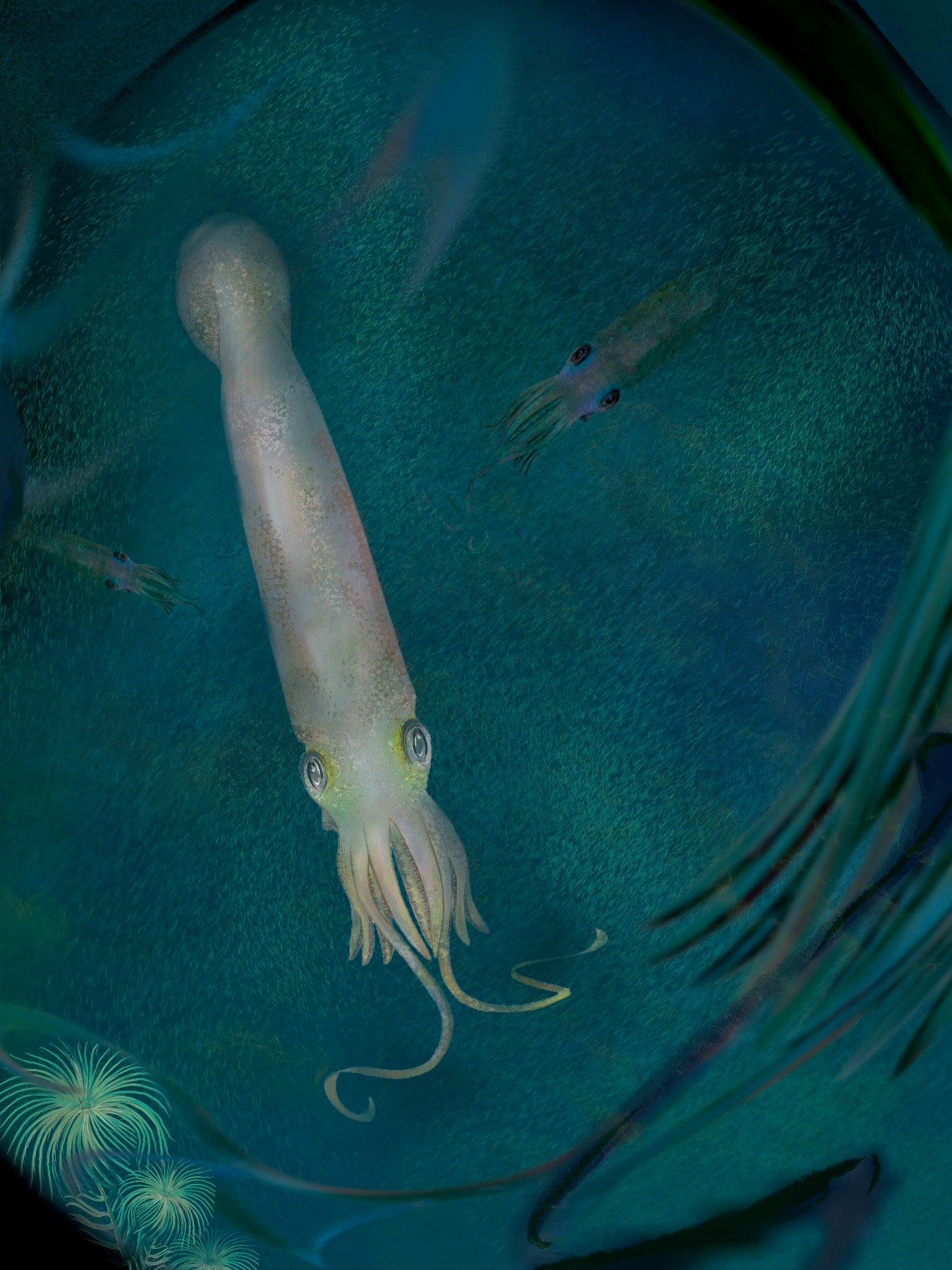Octopus ancestor is the first of its kind with 10 functional arms
Named after US President Joe Biden, Syllipsimopodi bideni lived 328 million years ago.

Your support helps us to tell the story
From reproductive rights to climate change to Big Tech, The Independent is on the ground when the story is developing. Whether it's investigating the financials of Elon Musk's pro-Trump PAC or producing our latest documentary, 'The A Word', which shines a light on the American women fighting for reproductive rights, we know how important it is to parse out the facts from the messaging.
At such a critical moment in US history, we need reporters on the ground. Your donation allows us to keep sending journalists to speak to both sides of the story.
The Independent is trusted by Americans across the entire political spectrum. And unlike many other quality news outlets, we choose not to lock Americans out of our reporting and analysis with paywalls. We believe quality journalism should be available to everyone, paid for by those who can afford it.
Your support makes all the difference.Researchers have identified an extinct vampire squid-like creature that is the first of its kind with 10 functional arms.
The earliest known relative of octopuses and vampire squid has been named after US President Joe Biden.
Syllipsimopodi bideni had 10 arms, fins, and rows of suckers to clutch prey.
It lived 328 million years ago and represents a new species of vampyropod – the group of marine animals that includes modern octopuses and vampire squid.
This is the first and only known vampyropod to possess 10 functional appendages
The findings support previous scientific arguments that the common ancestor of vampyropods had 10 arms as well.
Christopher Whalen, a National Science Foundation postdoctoral fellow in Yale’s department of earth & planetary sciences and at the American Museum of Natural History, said: “This is the first and only known vampyropod to possess 10 functional appendages.”
Vampyropods are soft-bodied cephalopods that typically have eight arms and an internalised shell or fin supports.
Because they do not have hard structures, fossils of the creatures are not very common.
The new study is based on an exceptionally well preserved vampyropod fossil from the collections of the Royal Ontario Museum, which was originally discovered in what is now Montana, America.
The specimen extends the fossil record of the group by about 82 million years.
Dr Whalen said: “The arm count is one of the defining characteristics separating the 10-armed squid and cuttlefish line (Decabrachia) from the eight-armed octopus and vampire squid line (Vampyropoda).
All previously reported fossil vampyropods preserving the appendages only have eight arms, so this fossil is arguably the first confirmation of the idea that all cephalopods ancestrally possessed 10 arms
“We have long understood that octopuses achieve the eight-arm count through elimination of the two filaments of vampire squid, and that these filaments are vestigial arms.
“However, all previously reported fossil vampyropods preserving the appendages only have eight arms, so this fossil is arguably the first confirmation of the idea that all cephalopods ancestrally possessed 10 arms.”
Two of the newly discovered animal’s arms are longer than the other eight, and its torpedo-shaped body is similar to that of today’s squids.
The researchers speculate the animal used its longer arms to capture prey – smaller, shelled animals – and its shorter arms to confine and manipulate prey.
It has been named after the American president because the publication was accepted soon after his inauguration and the riots in the US Capitol.
The findings are published in Nature Communications.